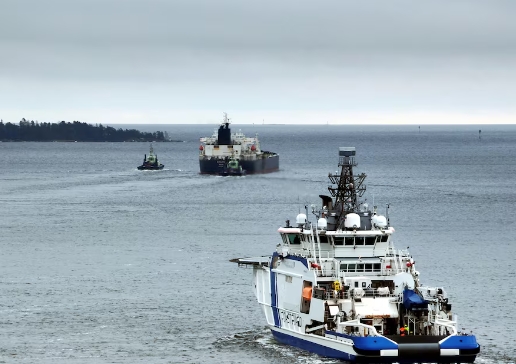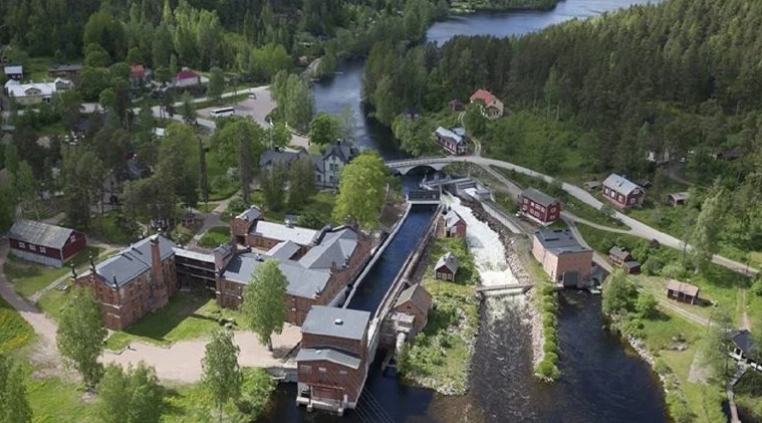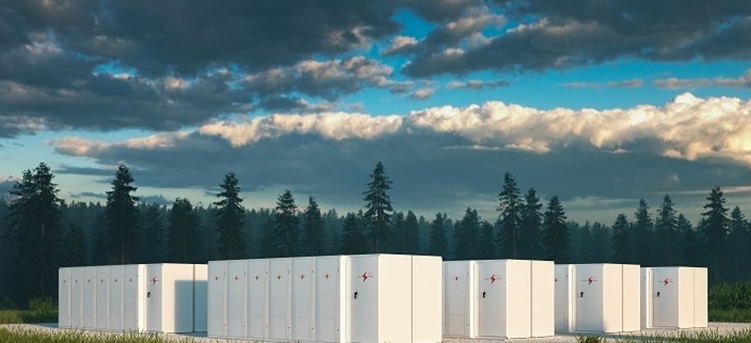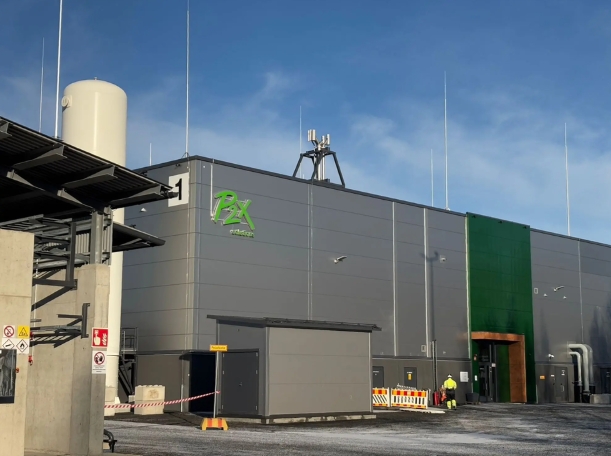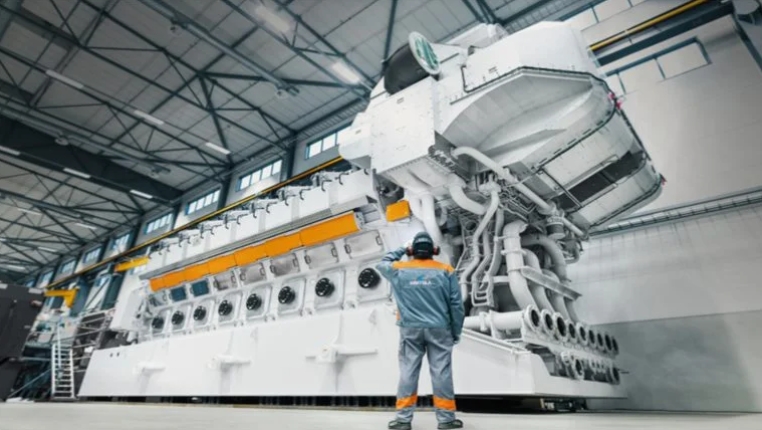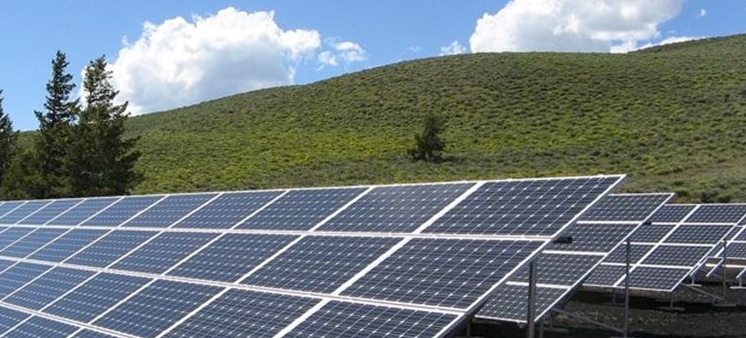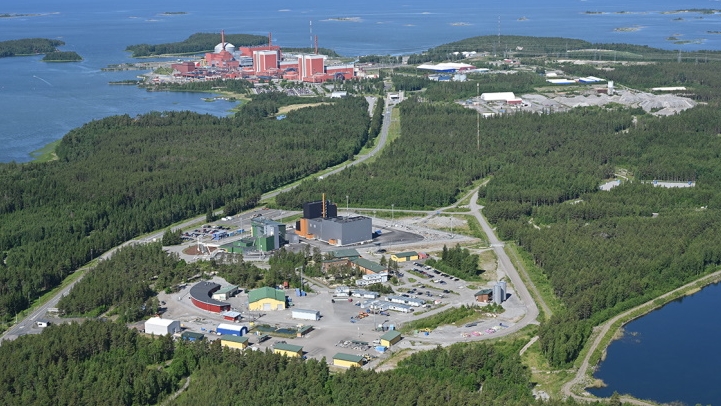The first commercial-scale solution for sand battery energy storage has been built as part of Vatajankoski Oy’s district heating network. It is touted by Fingrid as the world’s first sand battery built for commercial use, and is involved in the Finnish TSO’s balancing power market.
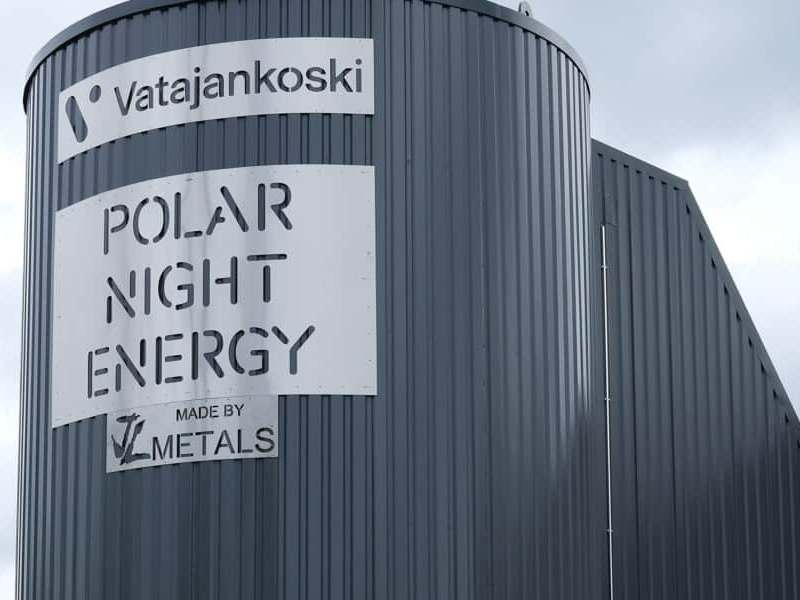 Courtesy Fingrid
Courtesy Fingrid
The sand battery was developed by Polar Night Energy as an efficient way of storing energy and reducing the emissions from district heating.
The seven-metre steel cylinder has been built outside a district heating plant in Kankaanpää, Finland, which contains sand that can be heated to approximately 500°C using inexpensive wind power.
The heat stored in the sand is then conducted onwards to Vatajankoski Oy’s district heating network. The storage has 100kW heating power and 8MWh capacity.
World first
Polar Night Energy´s Markku Ylönen, CTO, and Tommi Eronen. CEO.
According to Fingrid, it marks the world’s first sand battery built for commercial use.
Markku Ylönen, Polar Night Energy´s CTO, stated that the sand battery can, in addition to helping reduce emissions from district heating, transform it into an energy source that does not rely on combustion.
Storage can also help to make better use of energy from sources such as the waste heat discharged by data centres.
“In this regard, the technology and supply chain are already in good shape – all we need now is investment. There are international markets for sand batteries because even hot countries need to store heat,” added Ylönen.
So far, Polar Night Energy has worked on projects on the scale of around 10 megawatt-hours, but Ylönen says that the battery solution is scalable all the way up to 1,000 megawatt-hours.
Sand battery tech
As per the name, sand is used as the storage medium, which – according to the tech developers – leads to safe operation, a natural balance in the storage cycle and is a cheap and abundant material.
Inside the sand is a heat transfer system that enables energy transportation to and from the storage. Insulation between the storage and environment aims to ensure long storing periods, up to months, with minimal heat losses.
CO2 emissions of the heat storage are embedded emissions from construction materials and from the construction phase. As these embedded emissions of the heat storage are minor, the emissions of produced heat result mostly from the source of electricity.
Thus, according to Polar Night Energy, the heat taken from the storage is as clean as the electricity initially fed into the storage.

